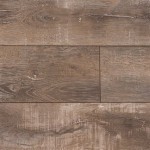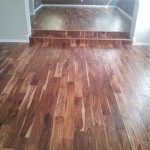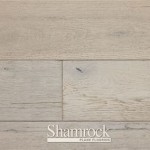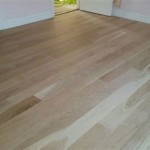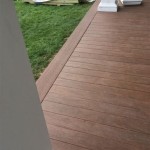Essential Aspects of Wood Flooring Cost Calculation
Adding wood flooring to your home can significantly enhance its aesthetic appeal and value. However, before embarking on this project, it's crucial to carefully estimate the associated costs. Several factors influence wood flooring costs, from material selection to installation methods. This comprehensive guide will provide you with a detailed understanding of these factors to help you make informed decisions and avoid unexpected expenses.
Wood species
The type of wood you choose for your flooring will have a substantial impact on the cost. Exotic and rare species, such as Brazilian cherry or mahogany, tend to be more expensive than domestic varieties like oak or maple. Consider the durability, scratch resistance, and grain patterns of different species to determine the best option for your needs and budget.
Flooring grade
The grade of wood flooring refers to its quality and appearance. Select grades have fewer knots and blemishes, making them more aesthetically pleasing but also more costly. Common grades, on the other hand, may have more imperfections, resulting in a lower price point. Choose a grade that balances your desired look with your financial constraints.
Flooring thickness
Wood flooring thickness, measured in millimeters (mm), directly affects its durability and stability. Thicker planks (8mm and above) are generally more robust and less prone to warping or buckling. However, they come with a higher price tag. Thinner planks (less than 8mm) are more affordable but may require additional reinforcement to ensure longevity.
Installation method
The method used to install your wood flooring can significantly influence the total cost. The two main options are nail-down and floating installation:
- Nail-down installation: This traditional method involves securing the planks directly to the subfloor using nails. It provides a more solid and durable installation but requires a skilled installer and may damage the subfloor during removal.
- Floating installation: This newer method involves connecting the planks together using a locking system and placing them over an underlayment. It is less labor-intensive, requires no nailing, and allows for easier removal and replacement.
Additional costs
In addition to the material and installation costs, there are several other expenses to consider:
- Underlayment: A layer of padding placed beneath the wood flooring to provide additional support, sound dampening, and moisture protection.
- Moldings and transitions: These finishing touches provide a clean and polished look where the flooring meets walls, doorways, and other surfaces.
- Labor: The cost of professional installation will vary depending on the complexity of the job, the square footage of the area being covered, and the installer's experience.
Conclusion
Calculating the cost of wood flooring requires careful consideration of various factors, including material selection, flooring grade, thickness, installation method, and additional expenses. By understanding these aspects, you can create a realistic budget and make informed choices that align with your style preferences and financial capabilities. Remember to seek professional advice from reputable flooring contractors to ensure accurate estimates and a successful installation that adds value and beauty to your home.

Average Hardwood Flooring S In 2024 Forbes Home

Flooring Calculator Everything You Need To Know About It

How Much Does Flooring Installation Cost 2024 Guide

How Much Does Flooring Installation Cost 2024 Guide

Laminate Flooring Installation Cost In Calculator Fs

Cost To Install Vinyl Plank Flooring A Complete Guide For 2024 Forbes Home

How Much Does Flooring Installation Cost 2024 Guide

Replacing Floorboards Costs Calculator Quotes For 2024

Laminate Floor Cost Calculator How Much Does Flooring

Cost To Install Laminate Flooring In 2024 Forbes Home

